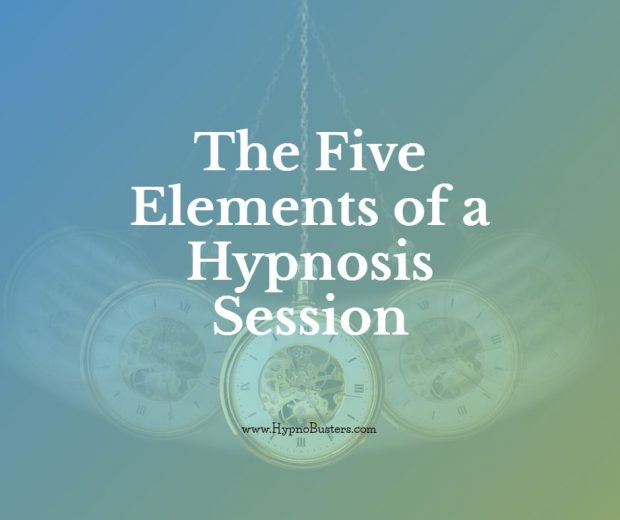 Want to learn how hypnosis works?
Want to learn how hypnosis works?
To help you understand, and feel more at ease with hypnosis as a therapeutic tool, I thought it helpful to explain about the ingredients that make a hypnosis session.
A hypnosis session is generally regarded to contain five elements. These are introduction, induction, deepener, therapy, and wakening. I will explain each of these elements in turn…
Please CLICK HERE For My BIG Collection Of Hypnotherapy Audios

Jon Rhodes
Introduction
The introduction phase is where the hypnotherapist gains rapport with the subject. This is an extremely important stage, and can ultimately make or break the session.
A good clinical hypnotherapist will quickly gain the subjects trust and co operation.
The best clinical hypnotherapists are also good conversationalists, and can quickly put people at ease. Some of this is taught, but a lot is down to personality and experience. They may engage in light patter to begin with, before gently guiding the conversation to the patients’ problems, and what they would like to achieve as a result of this therapy.
Induction
The next phase is the induction phase. The main aim of this phase is to gain eye closure. In stereotypical terms, it is the part where the hypnotist swings their antique watch, suggesting that the patient is feeling sleepy, and wanting to close their eyes. This sort of thing is now outdated.
I prefer to give the patient some time to get comfortable, then ask them to close their eyes when they are ready to do so. I feel that people do not like being told what to do these days, and don’t always appreciate being told to close their eyes by a stern looking hypnotist. There are other techniques, such as gazing at a spot on the ceiling, or at your hand.
Deepening

The deepening stage is where you relax the patient into a trance. My personal favourite techniques to achieve this are meditative breathing techniques, as you can easily feel the physical effects of the relaxation through both your mind and body.
There are many other techniques that achieve this also, and you are only limited by your imagination. A hypnotherapist may, for example, guide you on a relaxing stroll in an imaginary garden, or a sunny beach.
Hypnosis works not because of the “power” of the hypnotherpist. It is the openness and receptivity of the subject.
Therapy
The next phase of the session is usually the therapy phase. With the patient in a trance, their conscious mind is quietened, so that the therapeutic suggestions are easily absorbed by their subconscious mind.
The subconscious part of your mind is where your habits and drives are formed. By talking to it, we can effect permanent change.
Your subconscious mind is more than able to reject suggestions that it does not wish to accept. I could not, for example, suggest that you transfer all of your savings to my bank account. Your subconscious mind would not buy that for a second. What it will accept is suggestions of changes that you have discussed in the introduction stage.
A good hypnotherapist will quickly get to know the patient in the introduction stage, and tailor the therapy for the individual.
Wakening

The final stage is the wakening stage. The aim is to gently lift the patient out of their trance, returning them to full waking consciousness. Sometimes in my recordings I will allow the patient to wake up at a time that is convenient for them. This isn’t always practical in my live sessions.
I would like to add that there has never been any reported problems of anyone ‘stuck in trance’. That’s not how hypnosis works. These are just urban legends and grossly distorted media hype.
Very occasionally, someone might not wake up straight away, simply because they are enjoying the trance so much. They always wake up after a few minutes, usually when they start getting bored, or when I tell them that I am charging for this time!
Final thoughts
To round up, a hypnotherapist gains rapport and trust before the hypnosis session begins in the introduction stage. The hypnotherapist will then ask the patient to close their eyes, and may use an induction to do so. The patient is then guided into a trance with a deepener. Once suitably relaxed, the hypnotherapist will perform the therapy, before waking the patient.
A hypnotic therapy session is a safe, gentle and relaxing experience. This form of therapy may not be everyone’s’ cup of tea, and I am fine with that.
What can be disheartening is when people miss out on this enjoyable and effective form of therapy because of fear caused by misinformation. I hope I have helped you to gain some knowledge about hypnotherapy, and have opened up the possibility of you benefiting from this form of therapy in the future.
Now you know how hypnosis works, would you like to try for yourself? Please CLICK HERE For My BIG Collection Of Hypnosis Audios
